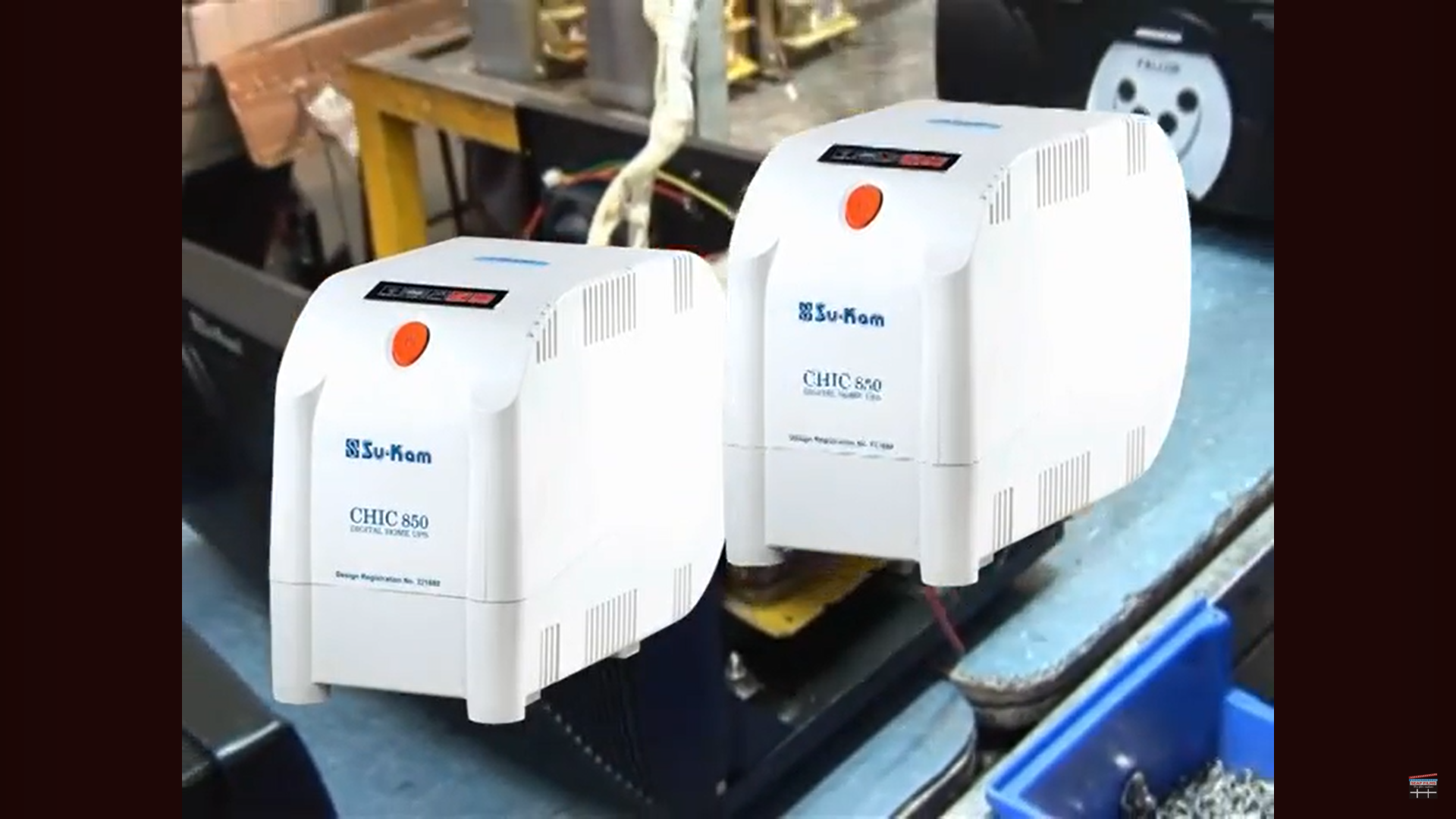The Birth of the Chic Inverter: Innovation in Safety and Style
I remember the day vividly, late in 2003, when Kunwer Sachdev walked into the office with an idea that seemed like a whimsical notion, but we soon realized he was onto something revolutionary. It all began with an unsettling incident where a child received an electric shock during the rainy season due to inadequate protective measures in traditional inverters. Kunwer Sachdev, with his typical innovative spirit, saw an opportunity—not merely to improve safety but to redefine the inverter market altogether.
Kunwer had a bold vision: to create the first-ever plastic inverter, minimizing electrical risks while offering enhanced durability and aesthetic appeal. This wasn’t just about changing materials; it was about reinventing the concept of an inverter from the ground up.
Initially, many of us thought he was joking. The idea of using plastic, which must withstand internal temperatures exceeding 110 degrees Celsius, seemed far-fetched. However, Kunwer was undeterred. He rallied our R&D team, known for its ingenuity and expertise, and soon we found ourselves on the cutting-edge project with unwavering determination.
Our pursuit of the exemplary plastic material led us to GE Plastics, renowned for their advanced thermoplastics. Together, we embarked on a journey to design an inverter that defied the norms. Safety was paramount, yet design and appearance were equally critical. Kunwer Sachdev wanted an inverter that homeowners would proudly display, rather than hide away in corners.
As the development progressed, Mr. Sachdev organized a team meeting to brainstorm names for our groundbreaking product. Ideas were bouncing around the room when someone suggested “Chic.” Mr. Sachdev’s eyes lit up—he was visibly thrilled, and we knew instantly this was the name. “Chic” perfectly captured the essence of our product: modern, stylish, and undeniably safe.
Following its christening, the Chic inverter underwent rigorous trials for nearly six months. Every aspect was tested to ensure it met the high standards we aimed for in terms of performance, safety, and durability. When we finally launched the Chic inverter in 2004, the market response was overwhelming.
It was not just another product; it was a game-changer. The Chic inverter’s innovative design, outstanding performance, and appealing aesthetics captivated consumers, leading to a substantial increase in our market share. Su-Kam became synonymous with quality and innovation, overtaking competitors who were still clinging to outdated designs.
Buoyed by the success of the Chic inverter, Kunwer Sachdev immediately set his sights on his next venture: a plastic inverter with a locomotive design. This was Kunwer Sachdev’s way—never resting on laurels, always looking for the next leap forward.
Reflecting on this journey, I am not just a witness to Kunwer Sachdev’s visionary ideas but also to his relentless drive to transform challenges into opportunities. His ability to foresee, adapt, and innovate has left an indelible mark on the energy solutions industry, and it continues to inspire everyone at Su-Kam till the bankruptcy of Su-kam.
In Kunwer Sachdev’s world, what seemed like a whimsical idea became a testament to what innovation, teamwork, and bold vision could achieve. The Chic inverter was more than a product; it was a revelation




